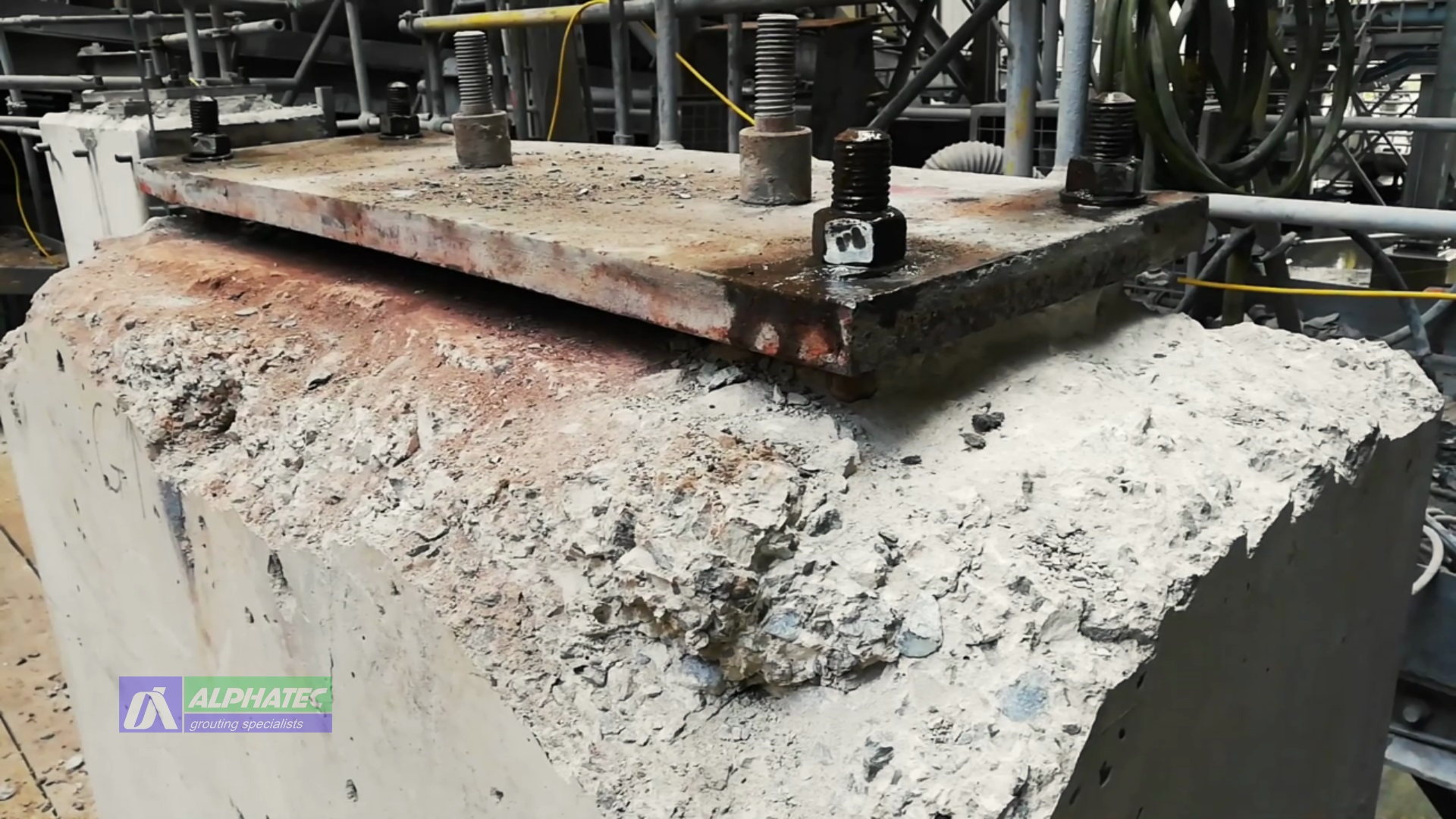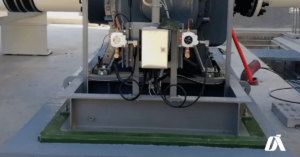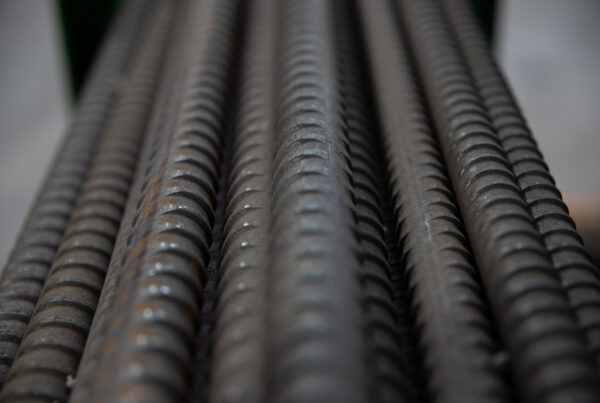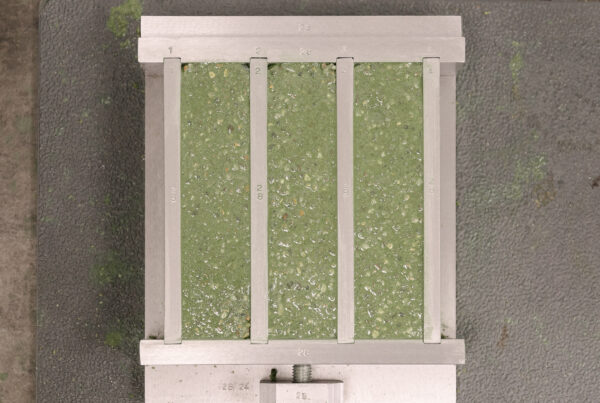Skids are essential components used in machinery installations to provide stability and support. They are designed to distribute the weight of the machinery evenly and ensure proper alignment with the foundation. Proper skid installation is crucial for achieving optimal performance and ensuring the safety of both the machinery and the operators.
Skids serve as a foundation for heavy machinery, absorbing vibrations and reducing movement during operation. They play a critical role in maintaining the stability and alignment of the machinery, preventing excessive wear and tear, and minimising the risk of accidents.
Improper installation of skids can lead to various issues, such as misalignment, uneven weight distribution, and increased vibration. These issues can compromise the performance of the machinery, resulting in decreased efficiency, frequent breakdowns, and potential safety hazards.
Factors to Consider Before Installation
Load requirements and weight distribution
Before installing skid-mounted equipment, it is crucial to assess the load requirements and weight distribution. Different types of skid and base plates are designed to accommodate varying load capacities.
The choice of skid and base plate should be based on the specific equipment being installed and the expected load it will bear. Factors such as the weight of the equipment, dynamic loads, and any potential variations in load distribution should be taken into account. Referring to the manufacturer’s specifications and consulting with engineering experts can help ensure that the selected skid and base plates can adequately support the equipment.
Environmental factors
Environmental conditions play a significant role in the proper functioning and longevity of skid-mounted equipment. Factors such as temperature, humidity, and exposure to corrosive substances can impact the performance and durability of the equipment and its base plates.
Special coatings or materials may be required to protect against corrosion, extreme temperatures, or other environmental challenges. Careful evaluation of the environmental factors will help ensure the long-term reliability of the equipment.
Compatibility with machinery and foundation
Another critical factor to consider is the compatibility of the skid and base plates with the machinery and foundation. Skid-mounted equipment relies on a solid foundation to maintain stability and prevent excessive vibrations.
The design of the skid and base plates should be compatible with the specific machinery and foundation requirements. It is essential to verify that the dimensions, mounting options, and attachment points of the skid and base plates align with the equipment and foundation design. Proper alignment and secure fastening are crucial to ensure optimal performance and prevent safety hazards.
Skid Installation Techniques
Aligning the skid and base plates with the machinery and foundation
Proper alignment of the skid with the machinery and foundation is essential for the effective functioning and stability of the equipment. Consider the following steps for aligning the skid:
- Assess the foundation: Examine the foundation for any irregularities or deviations from the required specifications. Ensure that it is level, stable, and capable of supporting the skid’s weight.
- Position the skid: Place the skid on the foundation, taking care to align it accurately with the machinery. Refer to the manufacturer’s instructions and recommended tolerances for precise alignment.
- Use alignment tools: Utilise alignment tools such as laser alignment systems. These tools help measure and adjust the positioning of the skid in relation to the machinery.
Secure anchoring methods
Proper anchoring of the skid is crucial to maintain its stability and prevent any movement during operation. Consider the following anchoring methods:
- Bolting: Use high-quality bolts and fasteners to secure the skid to the foundation or support structure.
- Grouting: Grouting involves filling the gap between the skid and the foundation with epoxy grout or cementitious grout. This method provides additional stability and helps distribute the load evenly. Proper surface preparation and leveling of the foundation are crucial before grouting.
Conclusion
Proper skid installation is of paramount importance for several reasons. It ensures the safe and efficient operation of machinery, prevents equipment movement or misalignment, and reduces the risk of structural damage.
By partnering with Alphatec Engineering, you can benefit from their extensive experience in secure anchor methods, including epoxy grouting. Our expertise guarantees accurate alignment with machinery and foundations, secure anchoring, and even distribution of load and stress.
Investing in professional skid installation not only enhances equipment performance but also minimises downtime, prevents costly repairs, and promotes a safer work environment. Trust Alphatec Engineering for reliable and precise skid installations that deliver long-lasting results.





